Fascinating jobs in a medieval village
Imagine stepping back in time to a bustling medieval village, where the air is filled with the clang of hammers, the scent of fresh bread, and the lively chatter of townsfolk going about their daily routines.
These villages were vibrant hubs of activity, each craftsperson contributing their unique skills to the community’s survival. Let’s explore the fascinating lives and trades that formed the backbone of these historical communities.
The Village Blacksmith: Hammering Out a Living
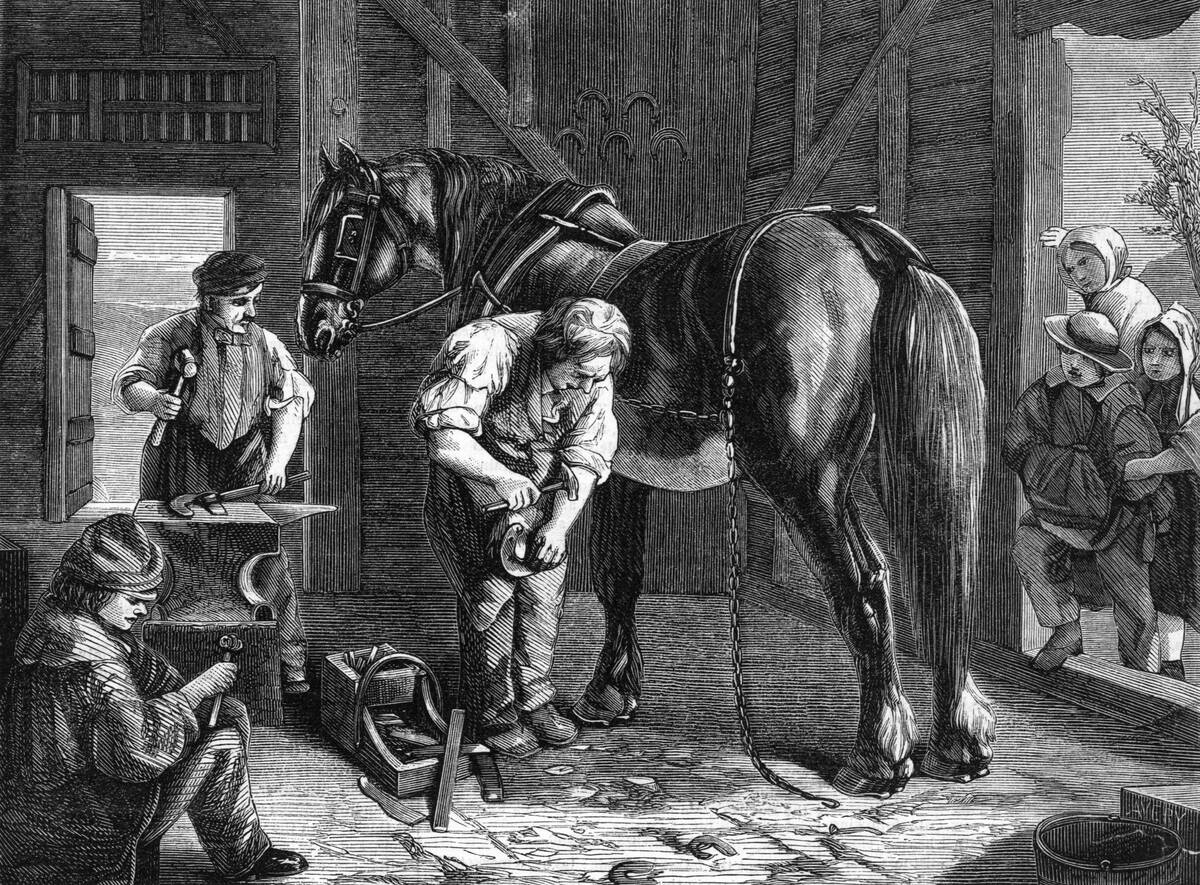
The blacksmith’s forge was the heart of the village, where metal met magic under the skilled hands of the blacksmith. They crafted essential tools, horseshoes, and weapons, all from blistering iron.
Blacksmiths were pivotal in medieval society, often doubling as locksmiths and even dentists in a pinch. Their trade was as much about strength as it was about artistry, shaping metal into both practical and decorative items.
The Miller: Grinding Grains and Powering the Village
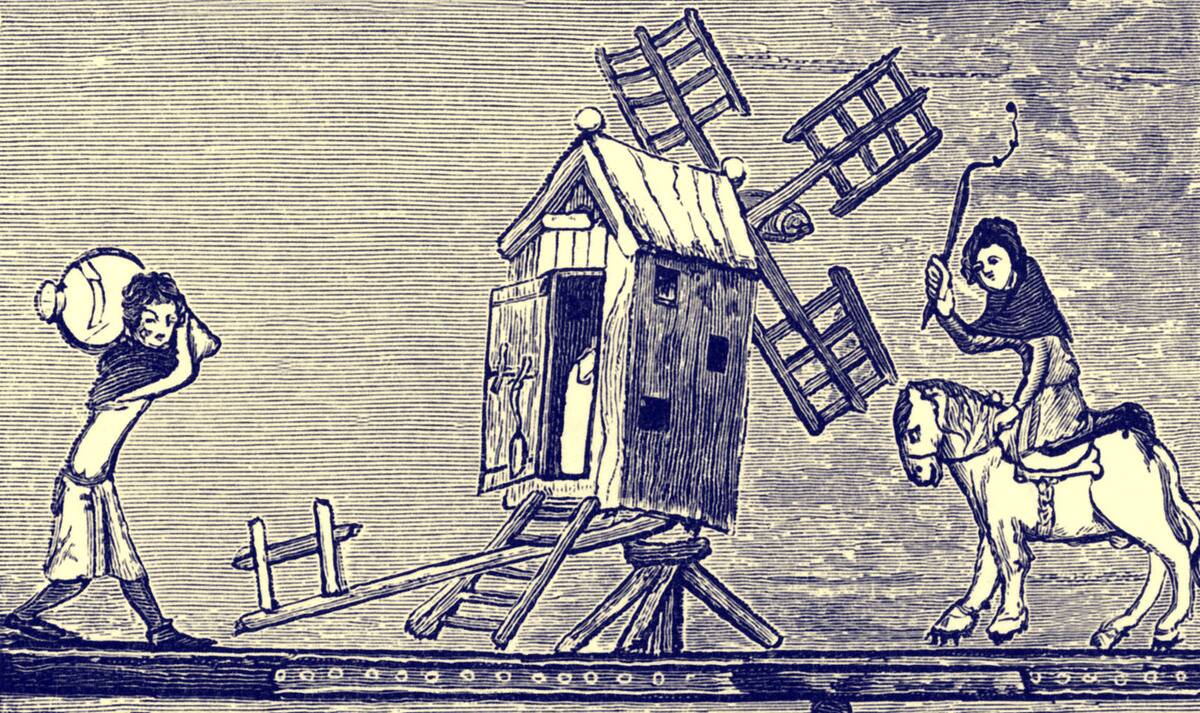
Mills were vital in medieval villages, transforming grains into flour with the help of wind or water power. The miller was a key figure, often perceived with suspicion due to the belief that they might skim off a little extra grain for themselves.
Despite this, they provided the flour that was a staple of every villager’s diet, ensuring the community had enough bread to eat and ale to brew.
The Baker: Rise and Shine with Fresh Bread
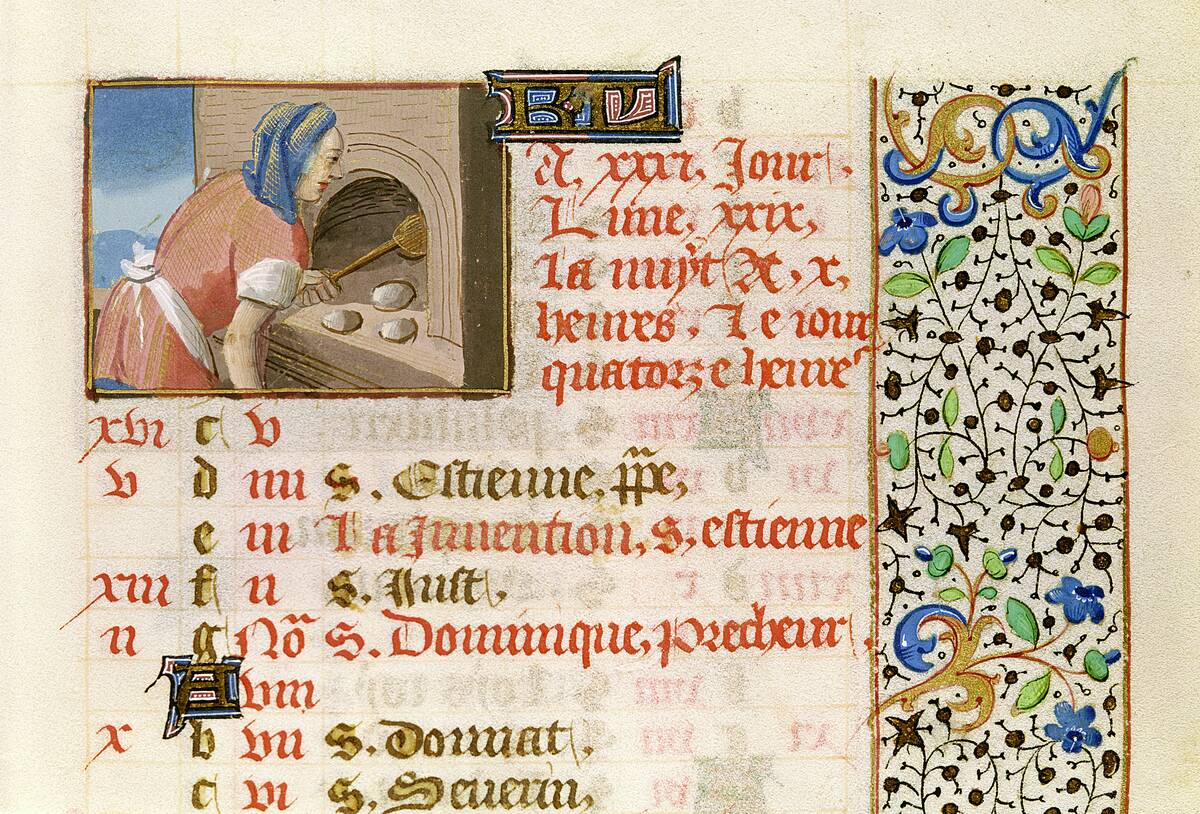
Bakers were up before dawn, their ovens warming the village with the promise of fresh bread and pastries. Bread was a dietary cornerstone, with different regions specializing in unique varieties.
The baker’s trade was crucial; a good loaf could mean the difference between a satisfying meal and an empty stomach. Their skills in kneading and baking kept the village fed and content.
The Brewer: Crafting Ale, the Medieval Way
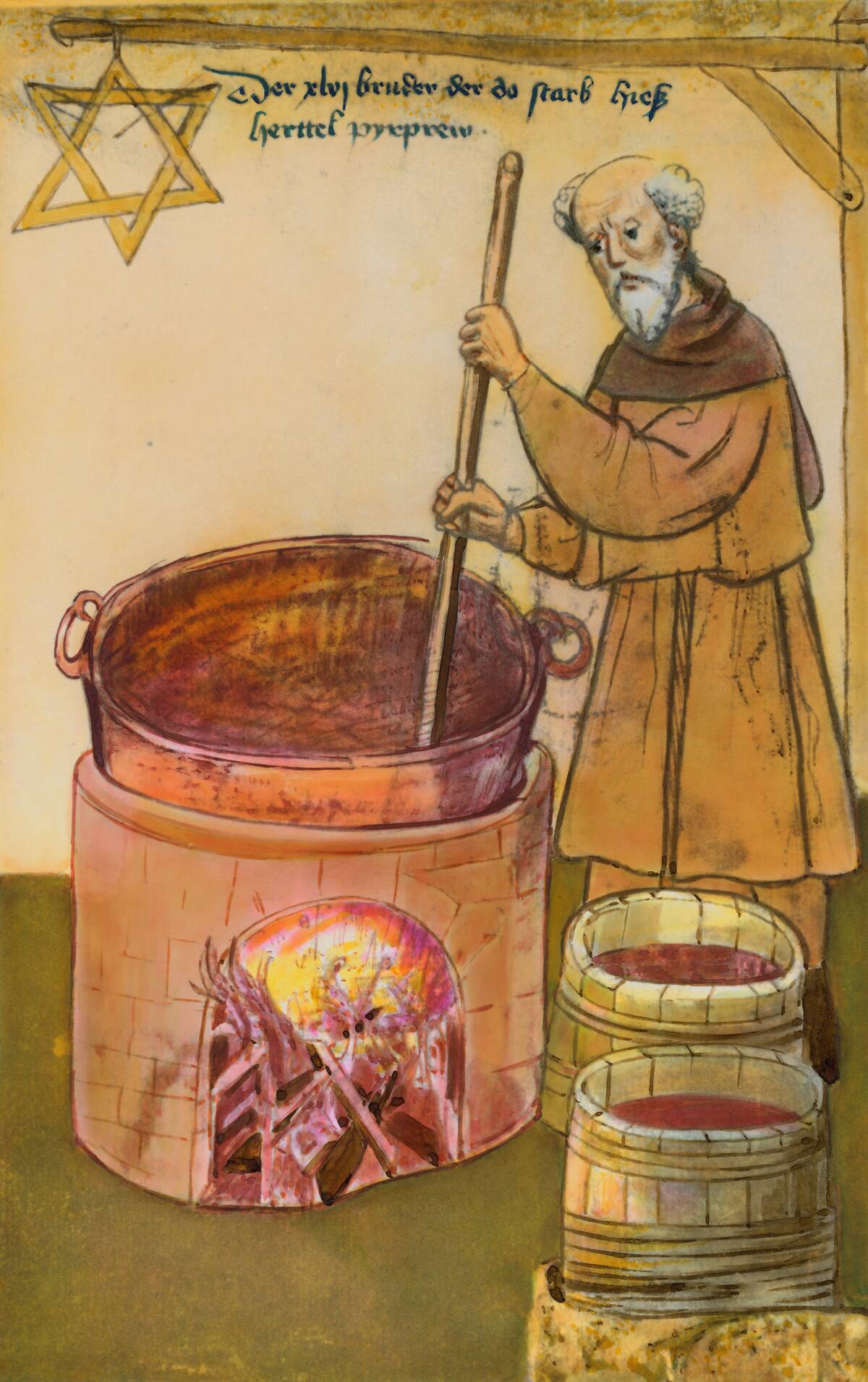
Brewing in medieval times was a household affair, with ale being safer to drink than water. The village brewer was responsible for crafting this essential beverage, which was consumed by all ages.
Using simple ingredients like barley and hops, they created concoctions that were both nourishing and intoxicating. Brewers played a significant social role, with alehouses becoming central gathering spots.
The Cooper: Crafting Barrels and Buckets
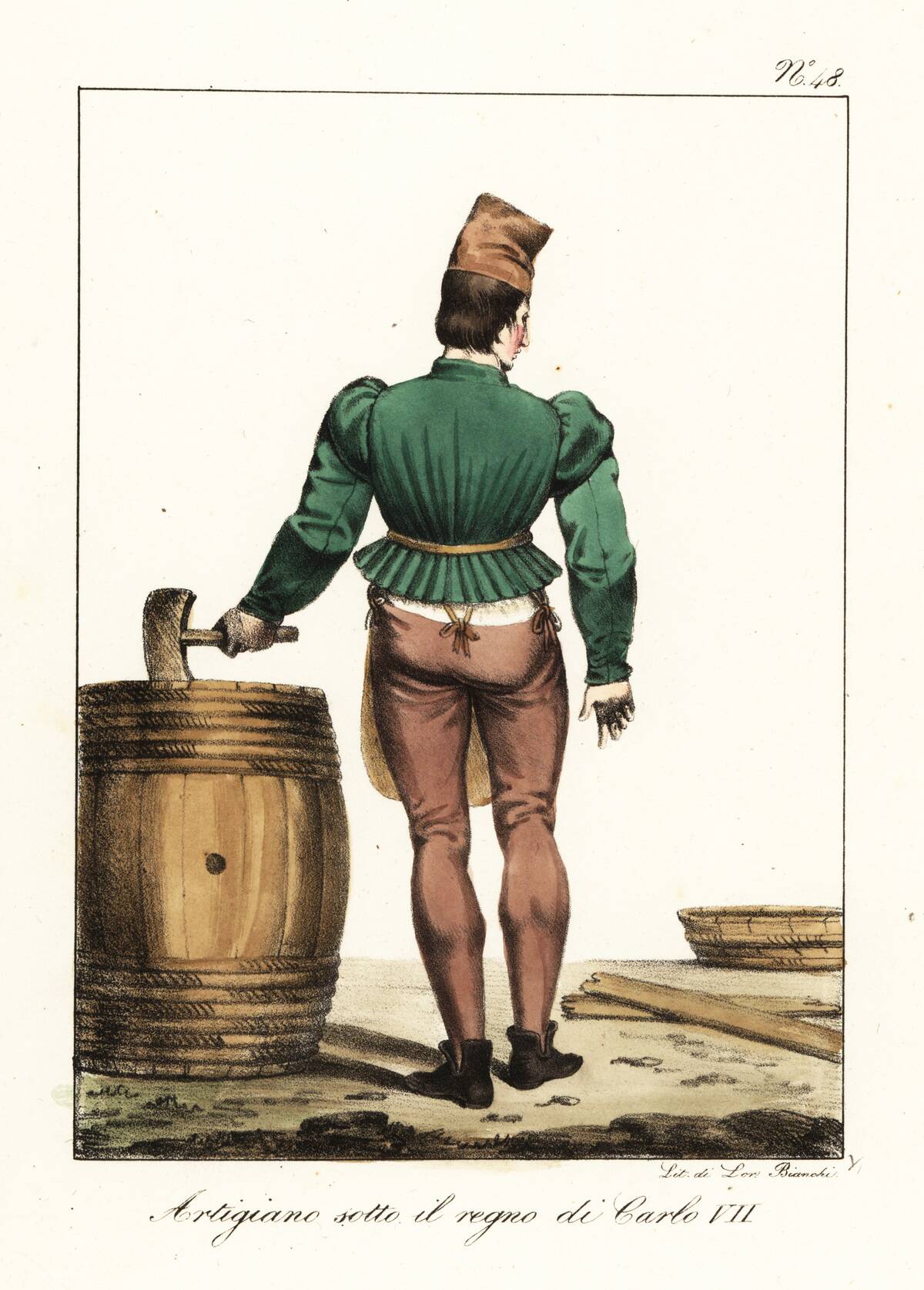
Coopers were skilled artisans who crafted barrels, buckets, and other wooden containers. Their creations were essential for storing everything from ale to grain.
The precision required to make watertight barrels was impressive, with each stave fitted to perfection. Coopers were vital to trade and transportation, as their barrels were the medieval equivalent of today’s shipping containers.
The Fletcher: Feathering Arrows for the Huntsmen
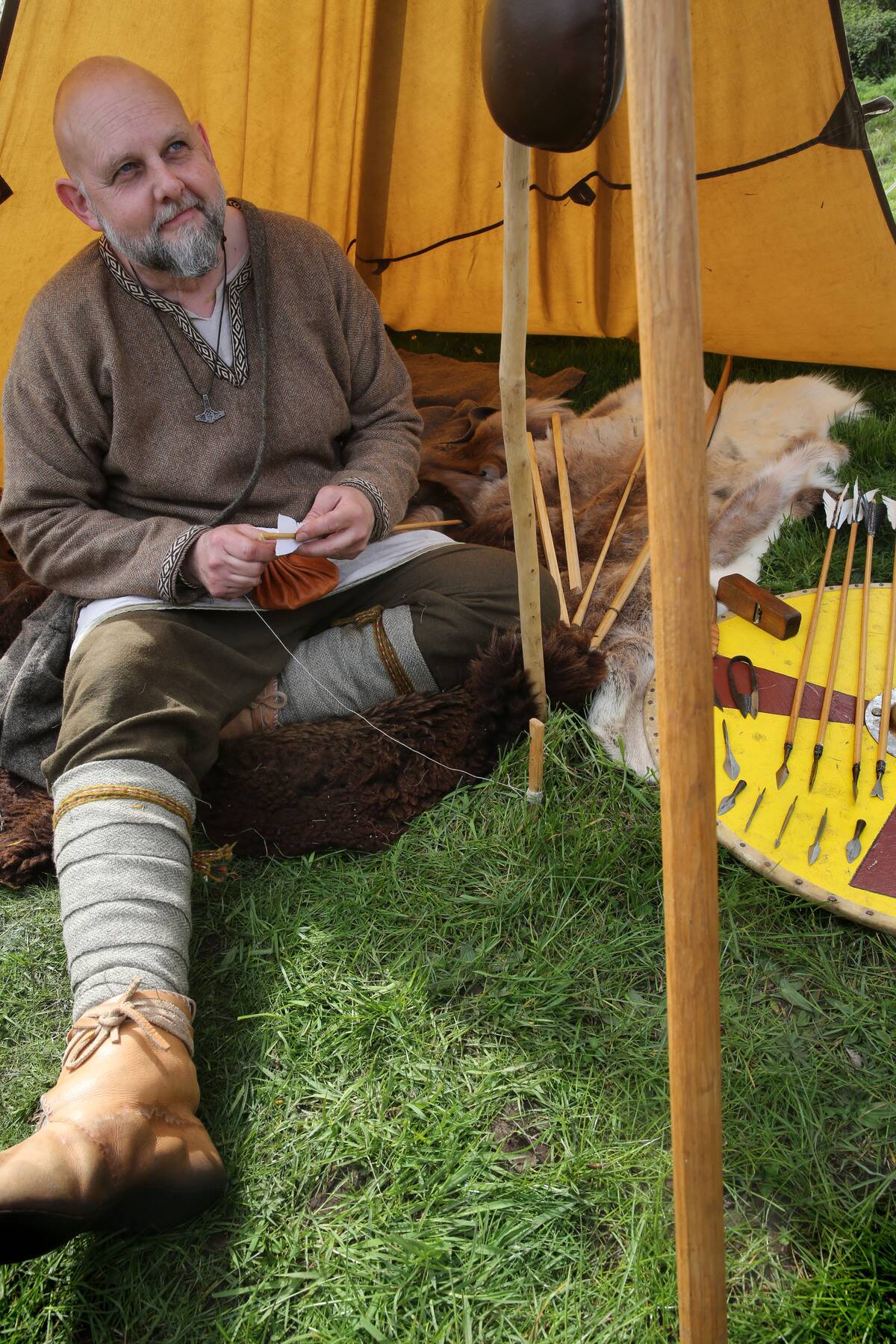
Fletchers were the skilled crafters of arrows, a crucial tool for both hunting and warfare. They meticulously selected the right wood and feathers to create arrows that flew true.
Their work required precision and patience, as a well-made arrow could mean the difference between catching dinner or going hungry. In an era where hunting was a necessity, fletchers played a vital role in supporting the community.
The Cobbler: Walking a Mile in Handmade Shoes
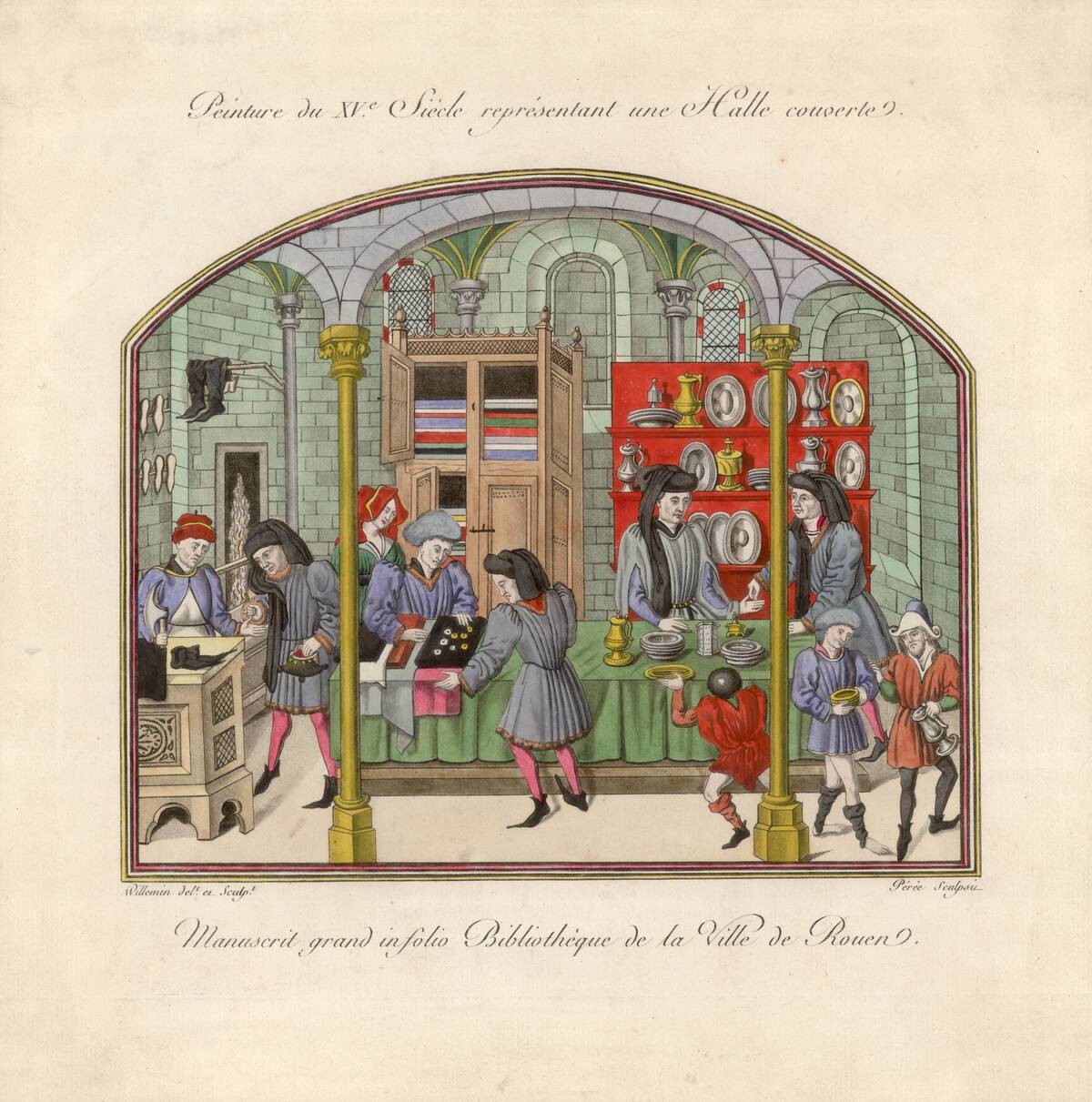
Cobblers, or cordwainers, were the craftsmen responsible for making and mending shoes. In a time when footwear was a luxury, their skills were in high demand.
Each pair of shoes was a bespoke creation, tailored to the wearer’s needs. Cobblers ensured that villagers could traverse the rugged medieval terrain comfortably, making them essential to daily life.
The Weaver: Spinning Tales and Textiles
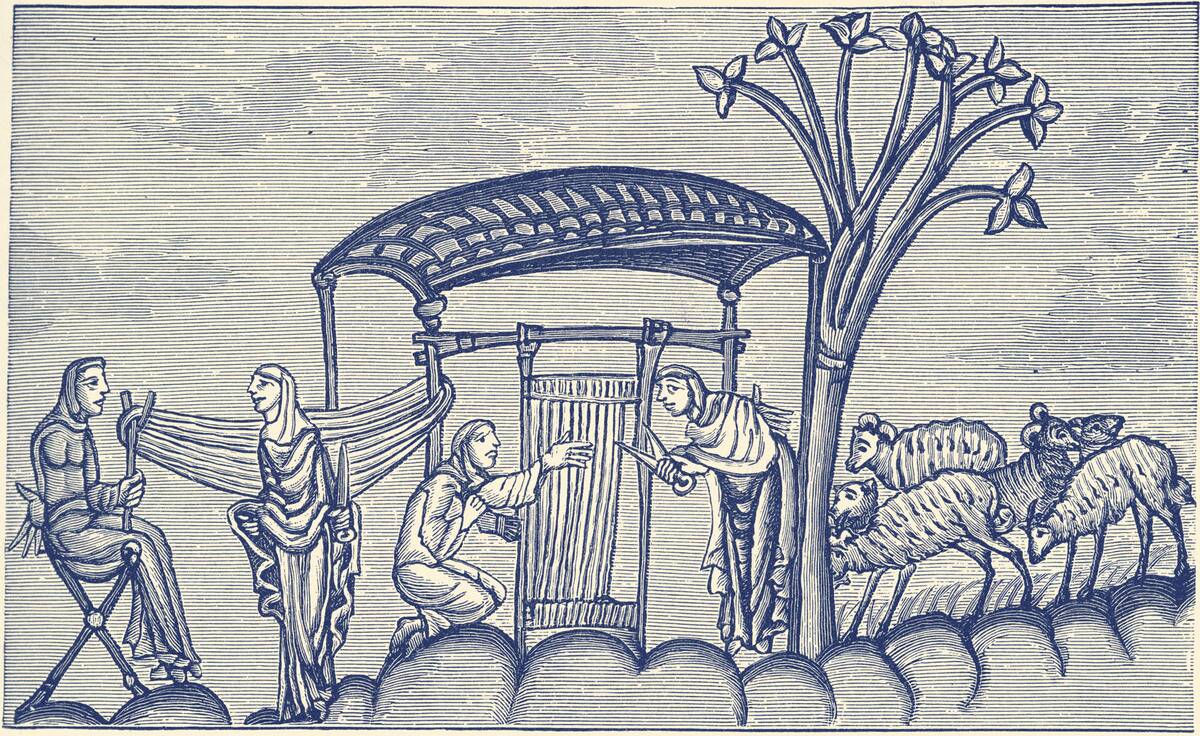
Weavers were the textile artists of the medieval village, transforming raw wool and flax into cloth. Their work was both functional and decorative, providing the fabrics needed for clothing, bedding, and trade goods.
With looms set up in their homes, weavers played a crucial role in the local economy, and their textiles were often used as currency in barter systems.
The Carpenter: Building More Than Just Houses

Carpenters were the versatile builders of medieval villages, constructing everything from homes and furniture to bridges and fortifications. With only primitive tools at their disposal, their craftsmanship was nothing short of miraculous.
Wood was the material of choice, and carpenters had to be both creative and resourceful in meeting the needs of their communities.
The Tinker: Mending Pots and Pans on the Go
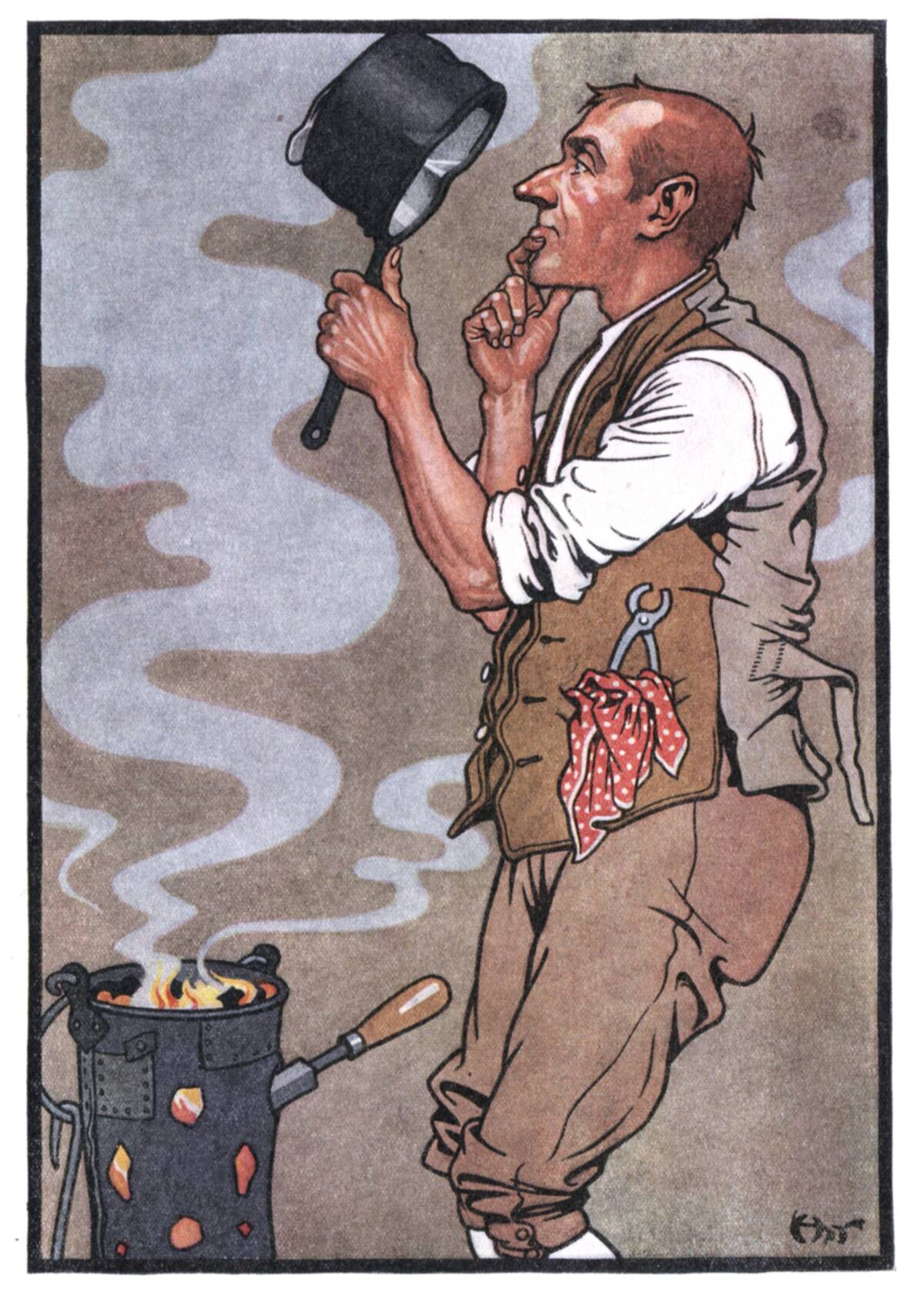
Tinkers were the traveling repairmen of the medieval world, fixing household items like pots and pans. They roamed from village to village, offering their services in exchange for food, shelter, or coin.
Their visits were eagerly anticipated, as they provided the means to extend the life of valuable cookware, making them indispensable to households everywhere.
The Herbalist: Nature’s Apothecary
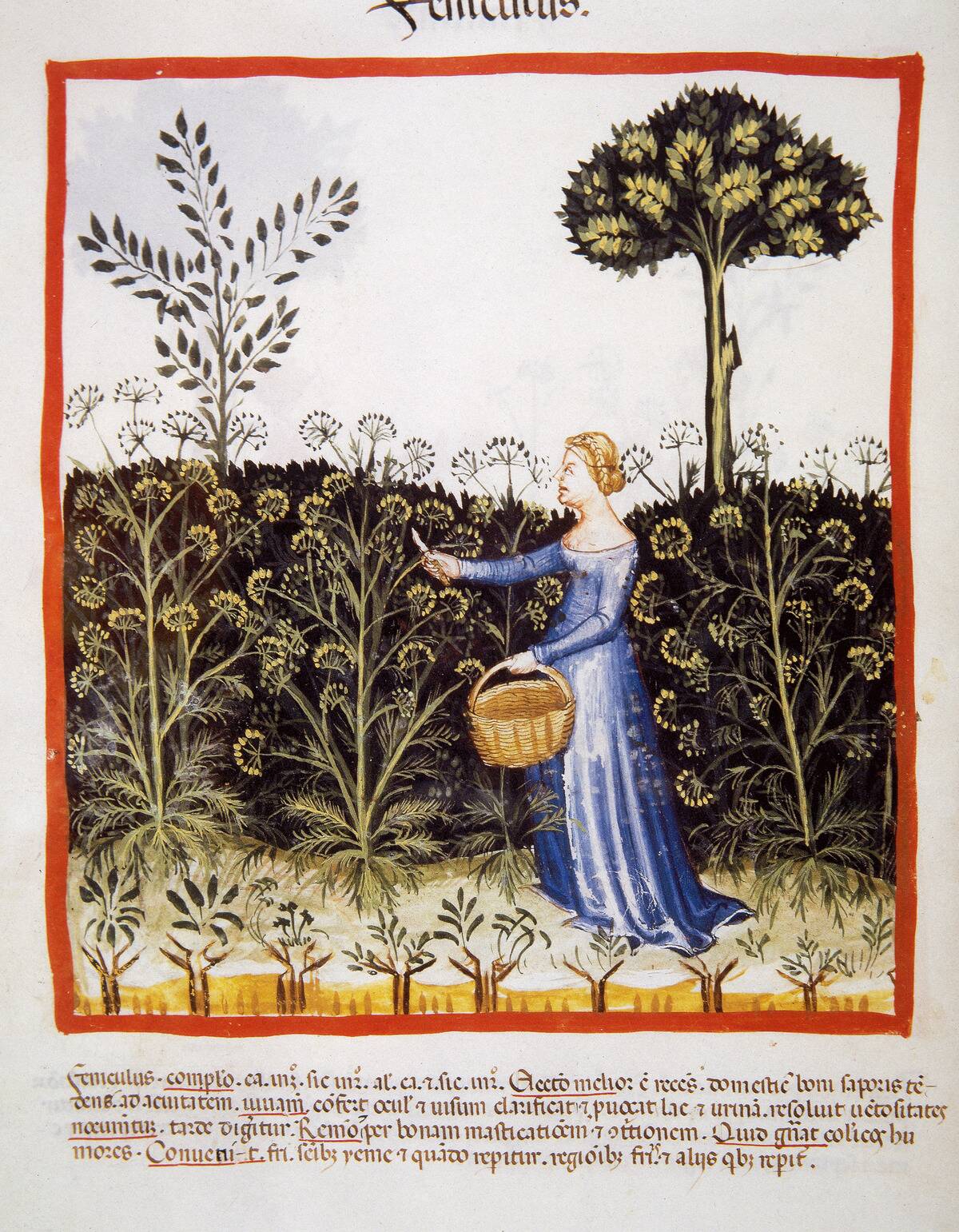
Herbalists were the local healers, using knowledge passed down through generations to treat ailments with plants and herbs. Their remedies were the primary form of healthcare, relying on the natural world for cures.
From soothing teas to healing salves, herbalists provided comfort and relief, their craft a blend of science and tradition that was crucial in a time before modern medicine.
The Minstrel: Bringing Music and Merriment
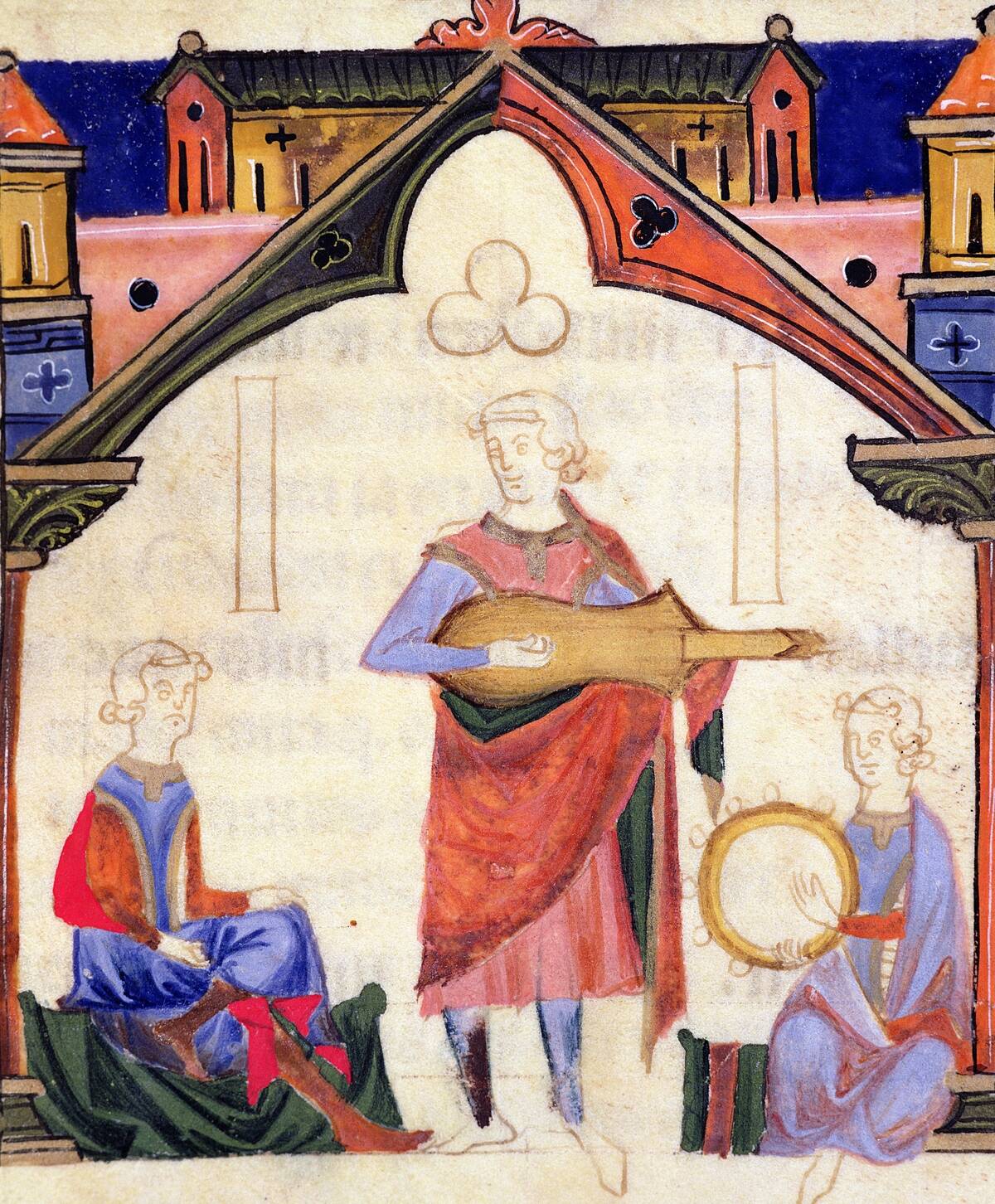
Minstrels were the entertainers of their day, bringing music, stories, and laughter to medieval villages. With instruments like lutes and harps, they traveled from town to town, sharing news and tales.
Minstrels were not just performers but also historians, preserving events and legends through song. Their visits were highlights, breaking the monotony of daily life with joyous celebration.
The Scribe: The Pen is Mightier Than the Sword
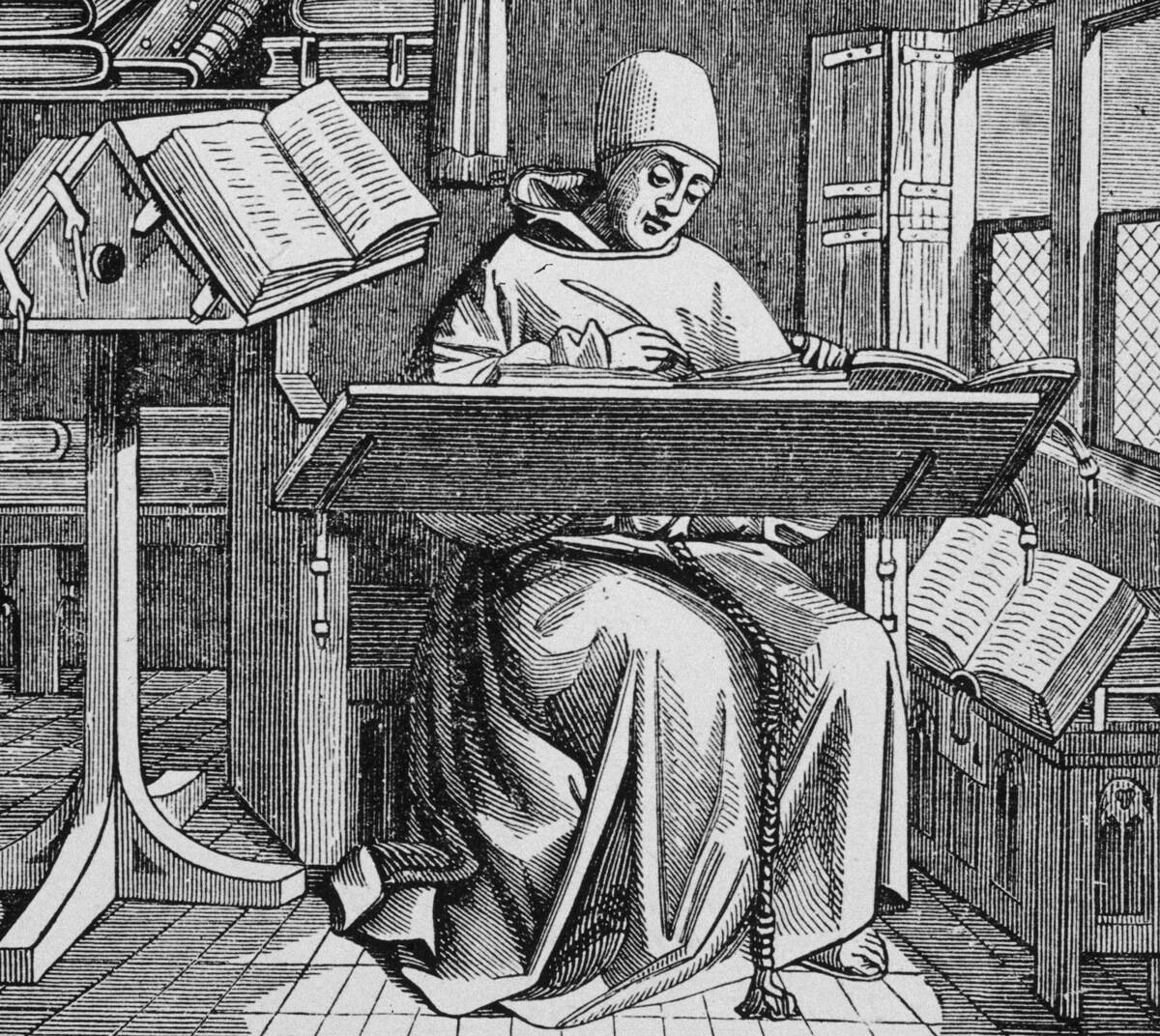
Scribes were the literate few in medieval times, tasked with documenting important events, transactions, and stories. Skilled in the art of writing, they preserved knowledge and legal records.
Scribes were essential in monasteries and courts, their work ensuring that history and culture were recorded for future generations. In a world where literacy was rare, scribes held a position of great importance.
The Falconer: Master of Birds of Prey

Falconers were the masters of hunting with birds of prey, a prestigious role in medieval society. Training hawks and falcons to hunt game was both an art and a science, requiring patience and skill.
Falconry was not just a means of acquiring food but also a sport of nobility, with falconers often serving in the courts of kings and lords. Their knowledge of birds was unparalleled, earning them respect and admiration.
The Village Healer: Medieval Medicine and Mysteries
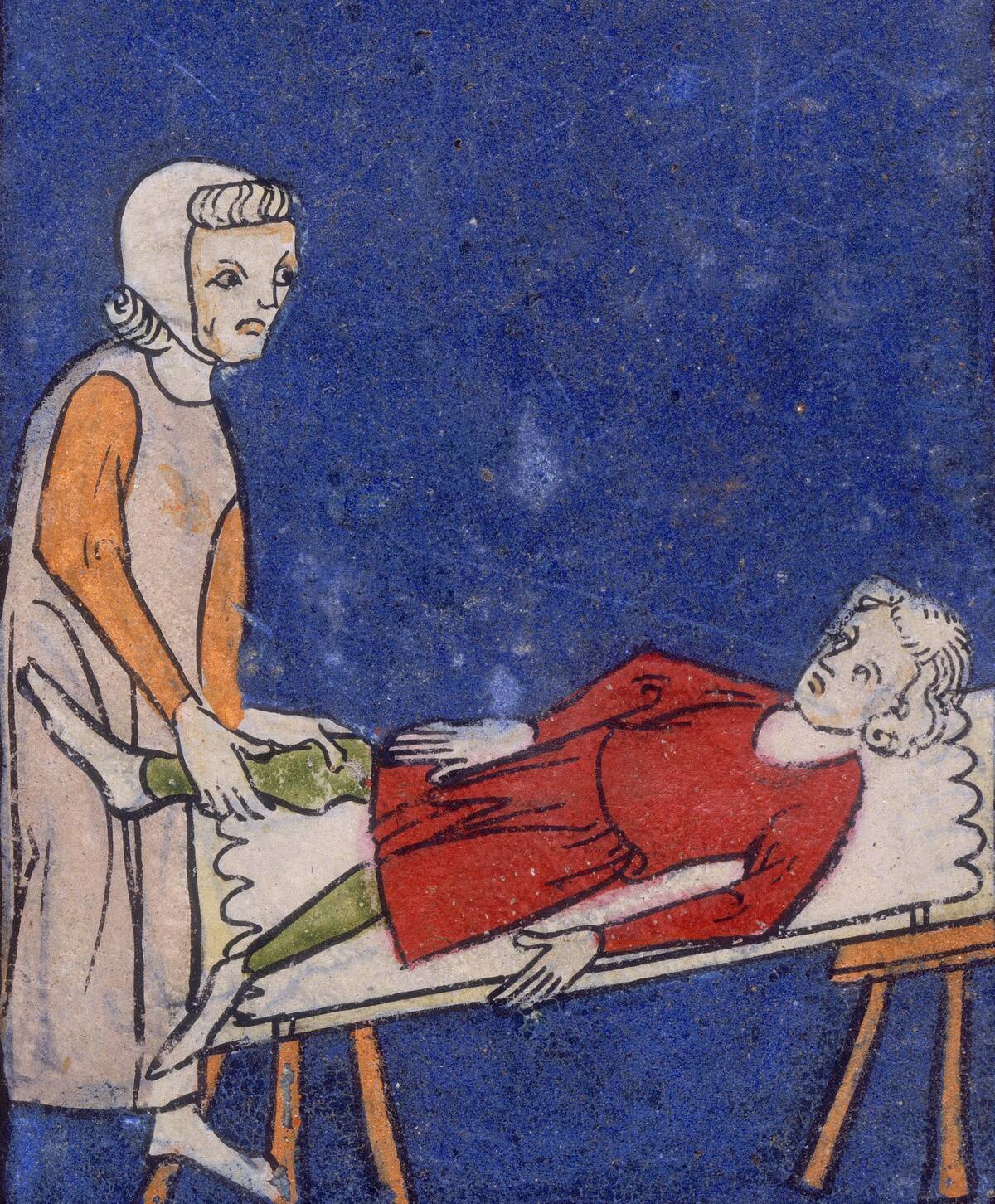
Village healers were the caretakers of health, using a mix of herbal lore and intuition to treat the sick. They were often women who passed down their knowledge through generations.
In a time when illness was poorly understood, healers provided the best hope for recovery. Their practices were steeped in superstition and tradition, yet they played a vital role in the well-being of their communities.
The Shepherd: Guardians of the Flock

Shepherds were the vigilant guardians of livestock, tending to sheep and ensuring their safety. Their role was critical, as sheep provided wool, meat, and milk.
Shepherds spent long hours in the fields, often accompanied by loyal dogs trained to herd. Their work required patience and resilience, as they protected their flocks from predators and harsh weather, ensuring the prosperity of the village.
The Candlemaker: Lighting Up the Dark Ages
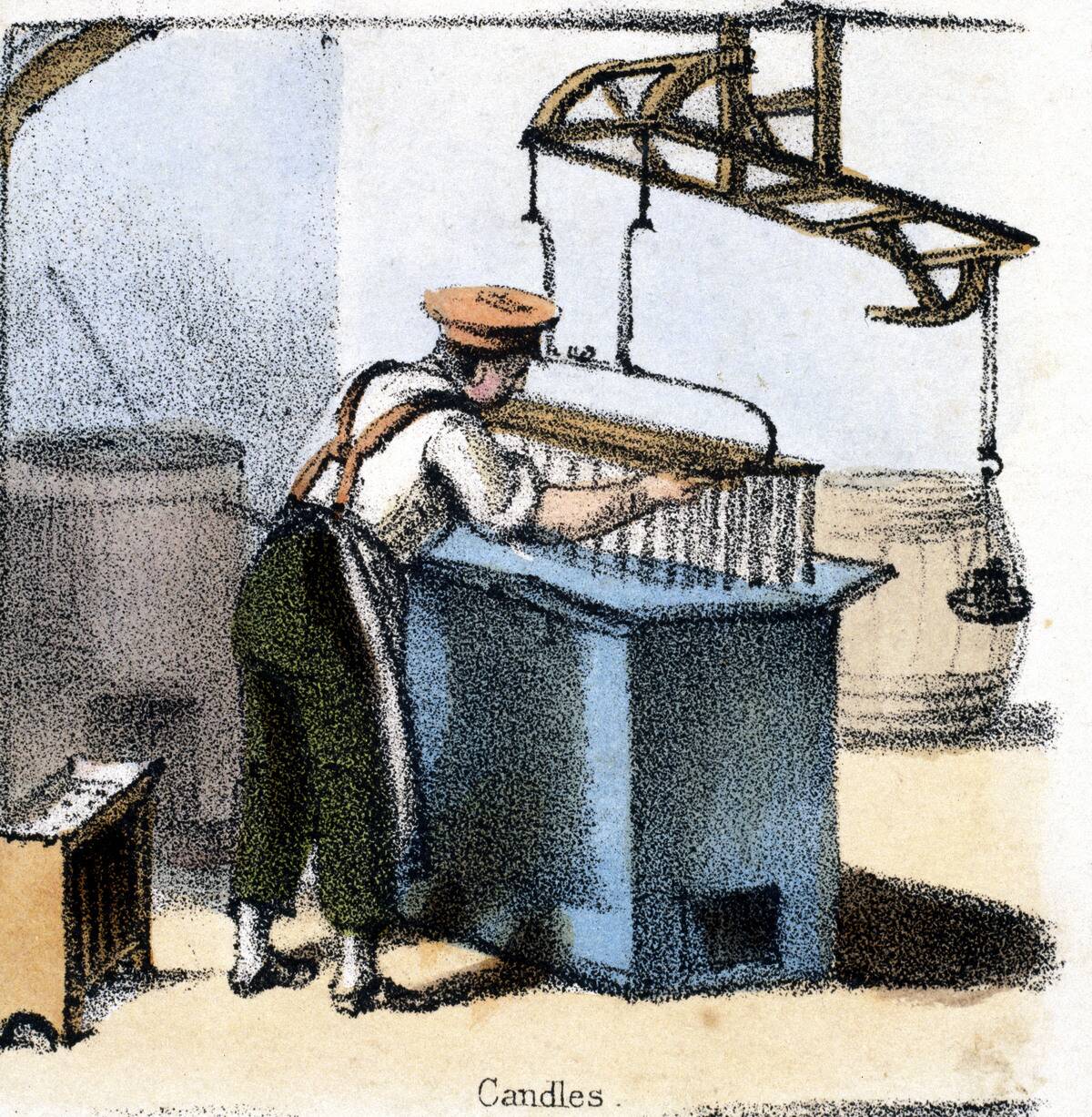
Candlemakers provided the essential light source in medieval villages, crafting candles from tallow or beeswax. Their work was crucial, as candles illuminated homes, churches, and streets.
The process was labor-intensive, involving the repeated dipping of wicks into melted wax (often made of animal fat or beeswax). Candlemakers ensured that the village did not succumb to darkness, their craft lighting the way for all.
The Town Crier: The Original News Anchor
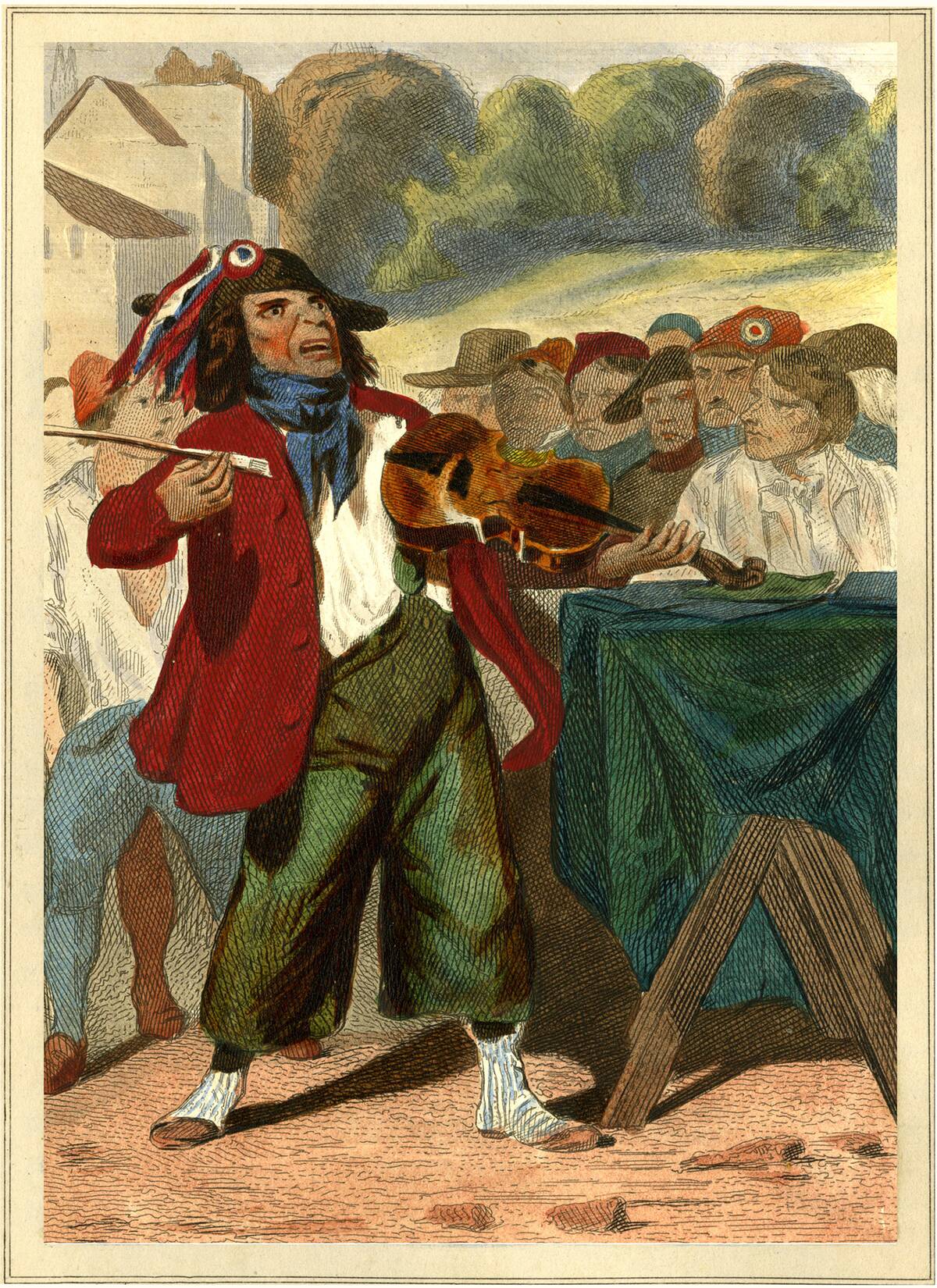
Town criers were the vocal messengers of the medieval world, delivering news and proclamations to the public. With a loud voice and a bell in hand, they captured attention in bustling markets and town squares.
Criers were trusted sources of information, conveying everything from royal decrees to local events. In an era before printing presses, they were the lifeline of communication.
The Peasant Farmer: Backbone of the Village Economy
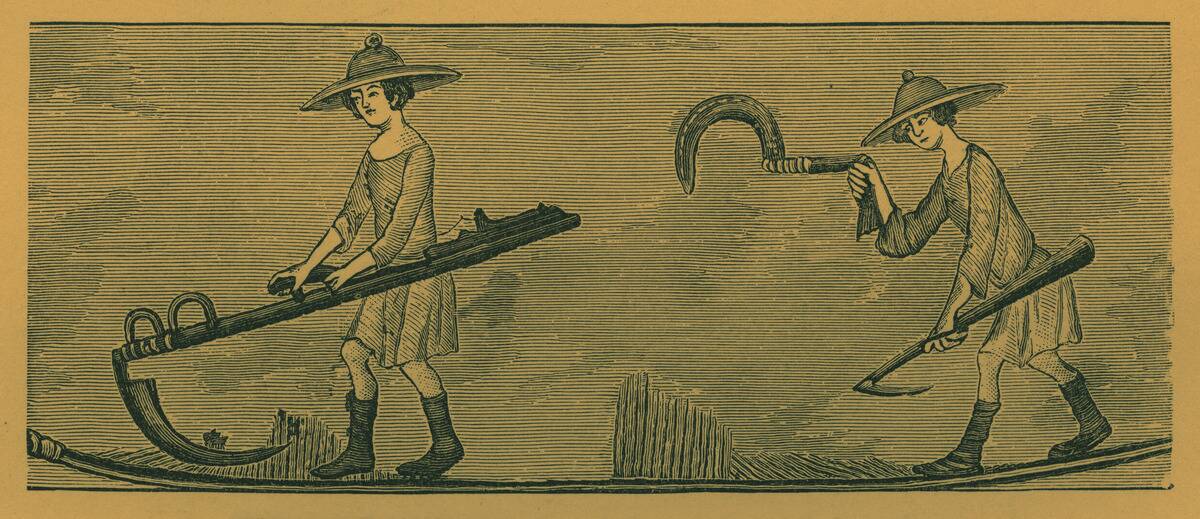
Peasant farmers were the unsung heroes of medieval villages, toiling the land to produce food for all. Their work was backbreaking, involving long hours in fields with rudimentary tools.
Despite their low status, farmers were the backbone of the economy, their crops sustaining both people and livestock. Through their labor, they laid the foundation for the village’s survival and success.



